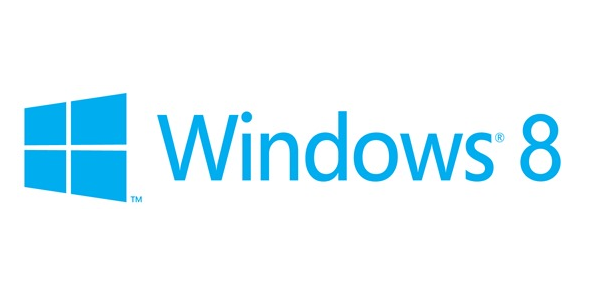The problem with Windows RT is that it is too closed. Microsoft thought they were creating a competitor to the iPad and Android. They misinterpreted data they had which claimed that people wanted a similar experience on their tablets as their PCs and developed Windows 8 and RT to fit that need. What they missed out on was that people really did want the same experience. They did not want to be able to do one thing on the PC and not on their tablet. Many people picked up Windows RT only to find that they could not do what they wanted to and that applications they wanted to run under Windows RT did not work. Much of this was due to poor marketing and communication by Microsoft (nothing new there) as they tried to make Windows RT seem like just another version of Windows 8 (which it is really) Microsoft failed to explain properly the differences in code base, environment and hardware. Just like the days of the netbook, many bought Windows RT devices and returned them as they were not what they wanted and this was just at the consumer level.
In the enterprise space there was some interest in these products at the beginning because they had a version of Microsoft Office on them. However, there was one glaring omission that ended up making Windows RT devices into dust collectors; no Outlook. Although Outlook is not the end all of E-Mail applications it is one of the standard ones that most enterprises will use. Still Microsoft left this and this omission did not many anyone happy. So why did Microsoft do this? Well they felt they could achieve the same level of acceptance and success that Apple and Android did with their mail and calendar applications by creating their own. The problem is that Windows Mail is not a good or intuitive application. Getting it setup can be a pain and it does not mean that you will automatically get your calendar or contacts from Exchange when you setup a mail account.
As we mentioned it seems that Microsoft might have recognized this omission as there are a few rumors stating that we can expect a version of Outlook for Windows RT soon. We are quite sure that you will have to pay to get this on your Windows RT device and of course you will have to get it through the store. Now while the thought of Outlook for Windows RT is good news and will help to slow down the downward spiral that sales are in, what we want to know is what else is Microsoft planning for with Windows RT? Will we see Microsoft open up the OS a little more and allow third-party developers to reach the desktop? We actually hope that they will and that they will also extend some of these changes to the desktop where we might see Media Center return to the basic version of Windows 8 and a way to remove the Modern (Metro) UI from being what you get at start up. It could make a huge impact on the perception that many have of Microsoft’s newest OS and could also help it gain market share. Right now there are some hints that these items could be on the table, but so far nothing more concrete than a few rumors and hints. Still getting Outlook on Windows RT is at least a step in the right direction and an acknowledgement that Microsoft made a few mistakes in reading what the market wanted.
Tell us what you think in our Forum




